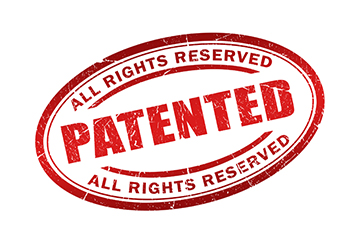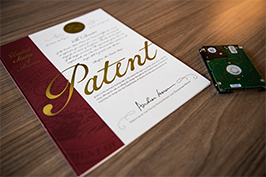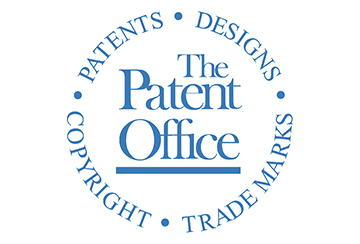Responding to Final Office Actions
DECISIONS, DECISIONS – OPTIONS FOR RESPONDING TO A USPTO FINAL OFFICE ACTION
When an applicant receives a “Final Office Action”, the applicant has several options for responding. Below is a brief explanation of each option.
Option 1. File a Notice of Appeal and A Pre-Appeal Brief Conference Request, or file an Appeal Brief
If an applicant files a Pre-Appeal Brief Conference Request, then the Applicant cannot amend the claims and cannot have more than five (5) pages of argument. After the Pre-Appeal Brief Conference Request is filed, a three examiner panel will examine the application to determine if to issue a Notice of Allowance or a new office action. If an applicant files an Appeal Brief, then the Appeal Brief must be filed within two months of filing the Notice of Appeal.
Option 1 does require a fee to be paid to the USPTO. It is also worth noting that at any time during the appeals process an applicant may file a request for continued examination with a response to the final office action, a continuation application or a continuation-in-part application.
Option 2. File a response with a Request for Continued Examination (RCE)
The filing of a response along with the RCE removes the finality of the last office action and the next office action will be non-final. There is a fee for filing an RCE and subsequent RCEs fees are higher than the first RCE.
Option 3. File a continuation or a continuation-in-part application.
A continuation and a continuation-in-part must be filed before a pending application goes abandoned. A continuation application will have the same priority date and the same disclosure as the pending application. A continuation-in-part application will have the same disclosure as the pending application and will also add new matter. The newly filed matter will have the priority date of the newly filed continuation-in-part and the previously disclosed matter will have the same priority date as the pending application. Both types of applications are based on the pending patent application being examined. Both types of applications will not go abandoned when the pending application goes abandoned. Both types of applications restart the examination process.
Option 4. File a Response under the After Final Consideration Pilot Program (AFCP)
There is no filing fee for filing a response under the AFCP. To be eligible to file under the AFCP, an applicant must file a response that includes: (1) a response to the final office action; (2) an amendment to at least one independent claim that does not broaden the scope of the independent claim in any aspect; and, (3) a statement signifying the applicant is willing to participate in an examiner interview. Applicants should be aware that filing a Response under the AFCP does not extend deadline for filing an appeal to the final office action. As a result, an applicant considering this route should file as soon as possible after receiving a final office action.
Option 5. File a Response within two (2) months of the mailing date of a Final Office Action
The USPTO does not charge an applicant a filing fee for filing a response after final office action within the shortened statutory three month time period. However, filing a response after a final does not stay or extend any deadlines for filing a Notice of Appeal, a continuation or a continuation-in-part. If an applicant files a response within two months of the date of a final office action, then the USPTO typically will examine the response quickly.
If applicant initially replies within 2 months from the date of mailing of a final rejection and the examiner mails an advisory action before the end of 3 months from the date of mailing of the final office action, the shortened statutory period will expire at the end of 3 months from the date of mailing of the final rejection. In such a case, any extension fee would then be calculated from the end of the 3-month period. However, if the examiner, however, does not mail an advisory action until after the end of 3 months, the shortened statutory period will expire on the date the examiner mails the advisory action and any extension fee may be calculated from that date.
Option 6. File a Response after two (2) months of the mailing date of a Final Office Action
If a response is not filed within two months after the date of a final office action, the USPTO calculates extension fees from the mailing date of the final action and does not extend the filing deadline to respond even if and examining attorney fails to respond in a timely manner. This route is not recommended because extension fees may be substantial, your case may go abandoned, or may not have adequate time to file a response if an examining attorney does not timely respond. Given such a calculation of extension fees, if an applicant intends to file a response after final rejection, it is generally recommended that the applicant file within two months of the date of the final office action.
The most suitable option for responding to a final office action may depend on several factors including the examining attorney, the prior art cited in the office action, and the amendments and arguments required to respond to the final office action. The attorneys at The Plus IP Firm have responded to hundreds of final office actions and prosecuted hundreds of patent applications on behalf of their clients. If you have questions regarding your options for responding to an office action, then please call The Plus IP Firm.












